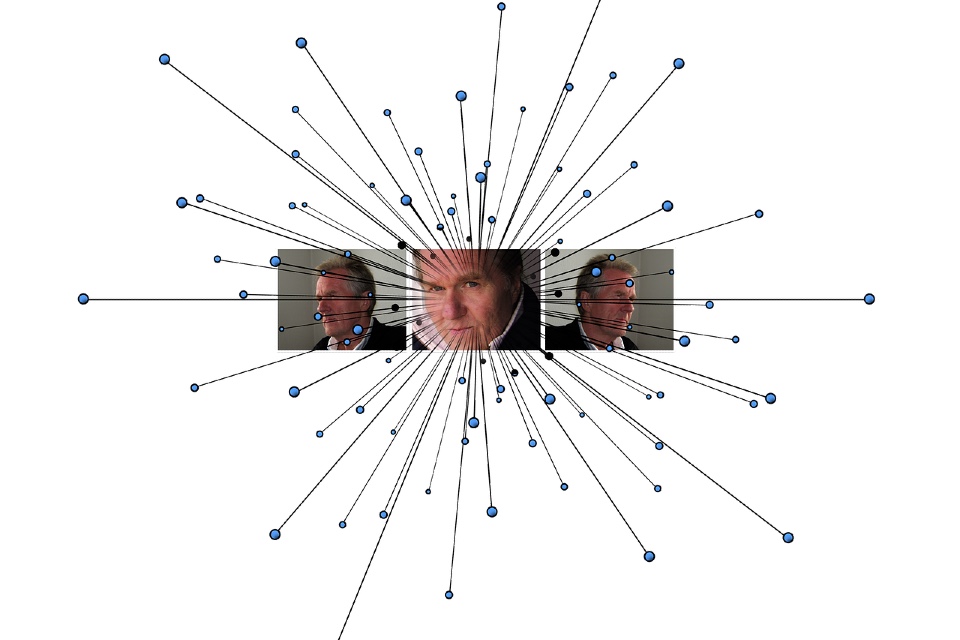Retailers ‘must hyper-personalise’ to survive
Only 34% of IT decision-makers at UK retailers are “very confident” that their organisation will be able to keep in touch with customer concerns and anxieties in the cost-of-living crisis.
This is according to research from Ensono, which says retailers expect to lose an average of almost one-third (29%) of their customer base as the cost-of-living crisis continues.
The research, which surveyed 500 senior IT decision makers working in UK retail, revealed retailers feeling the strain of rising prices and the worsening cost-of-living crisis.
It found department store brands expect to lose an average of 32% of customers – the largest drop across the different areas of retail surveyed, highlighting the need for innovative solutions to retain existing customers.
The most pressure is on the smallest retailers, with tech decision-makers at retailers with just 1-9 employees expecting to lose 36% of their customers. This compares to 27% at retailers with more than 500 employees.
Customer connection is front of mind for UK retailers in navigating the difficult economic climate. Confidence, however, is muted across the industry. Only 34% respondents are “very confident” that their organisation will be able to keep in touch with customer concerns and anxieties during the cost-of-living crisis, with 48% “somewhat confident” and 17% ‘not very confident/not confident at all’.
Higher revenue is no guarantee of confidence in connecting with customers. Retailers with a revenue of £500 million – £999.99 million were in fact more confident (73%) than retailers with revenue of £2 billion-£2.9 billion (69%). Retailers in essential services like grocers (89%) and fashion (88%) are more confident about staying connected with customers than their counterparts in the luxury space like entertainment (71%) or health & beauty (74%).
The research makes clear that retailers are committed to finding new ways to innovate and modernise the services they offer to customers. Sixty-three percent of IT decision-makers have increased tech investment as a result of rapidly changing consumer behaviour. Leaders are focused on several areas of technology to spur growth in 2023:
- Behavioural and product analytics (39%)
- Monitoring and performance tools (36%)
- Cloud Infrastructure (36%)
Retailers are prepared to move quickly on this investment. More than three-quarters (76%) of retailers said they prioritise first-mover advantage on tech investment to avoid being left behind by competitors. This focus on first-mover advantage was particularly strong in Grocery (91%), Sports & Leisure (86%), and Fashion (85%).
This conviction is backed up by clear alignment with the rest of the business: 79% of respondents agreed they have a voice in shaping the strategic direction of the business.
Steven Jones, Consulting Director at Ensono, said: “Retailers are facing a challenging 2023. It’s clear that many in the industry are bracing for severe customer losses as the cost-of-living crisis continues to bite for UK retailers.
“Survival will require retailers to be agile, taking swift action to preserve and make the most of the customers they have. Technology investment by retailers needs to be strategic and targeted. High-impact tools like data analytics help retailers build a more comprehensive picture of customer behaviour, staying connected with customer needs and priorities, and enabling them to deliver a hyper-personalised, memorable experience every step of the way.”










